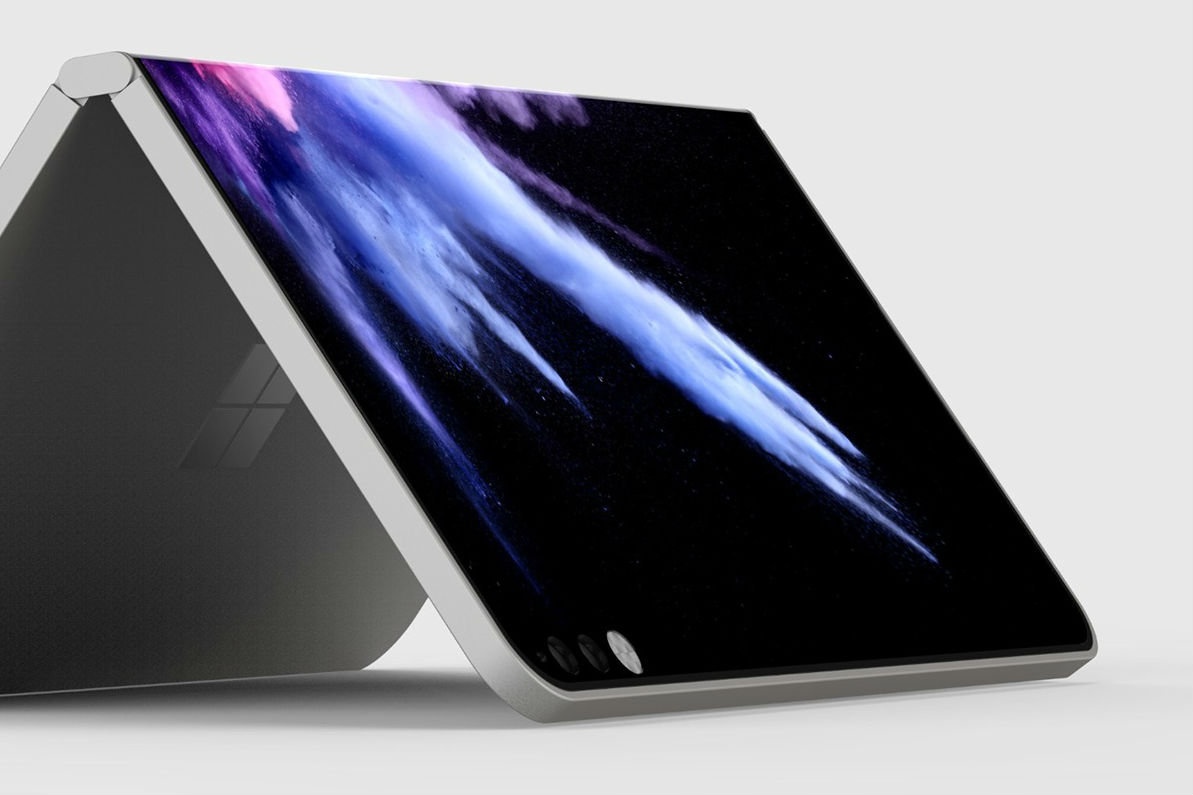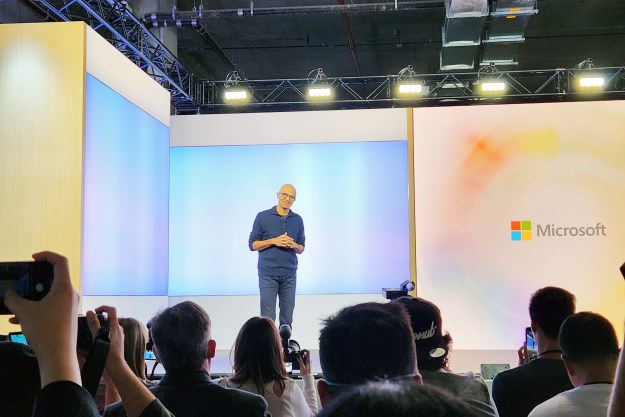
There have been numerous leaks surrounding Microsoft’s dual-screen Andromeda computing device in recent months, which is widely believed to usher in a new pocketable PC form factor to bridge the gap between what a smartphone and a laptop can do. Now, according to recently leaked internal emails, we are learning that Microsoft is positioning Andromeda as a “new and disruptive” device that will be part of the company’s Surface hardware family.
“It’s a new pocketable Surface device form factor that brings together innovative new hardware and software experiences to create a truly personal and versatile computing experience,” Microsoft’s internal document described Andromeda, according to The Verge.
Recently discovered Windows 10 code revealed that Andromeda could become the ultimate convertible computing device with the capability to transform into any one of five form factors depending on usage. While today’s convertible notebooks with 360-degree hinges can only be used in up to three usage modes, Andromeda can transform between closed, flat, convex, concave, and full modes.
Essentially, Andromeda can be opened like a book and is compatible with a digital stylus, similar to Microsoft’s Courier concept from nearly a decade ago. With expanded inking capabilities planned for Windows 10, Andromeda could be positioned as a paper notebook or paper planner replacement. This wouldn’t be too far of a stretch given that Surface Chief Product Officer Panos Panay had described the Surface Mini, a tablet that was canceled before it was launched by Microsoft, as a capable Moleskine notebook replacement.
Though Andromeda’s transformative capabilities are generating a lot of buzz, it’s still unclear what processor will power the device. Microsoft has traditionally relied on its partnerships with Intel and AMD to run Windows on x86 processor architectures, but the company has also worked with Qualcomm to bring Windows to ARM-based CPUs. It’s rumored that Qualcomm’s upcoming Snapdragon 850 and the powerful Snapdragon 1000 processors are designed for new form factors, like PCs with foldable or dual displays such as the one rumored to debut on Andromeda. A Snapdragon processor may make sense given Andromeda’s positioning as a potential phone replacement and Microsoft’s push for Always Connected PCs using Qualcomm’s chipset. “It will blur the lines between mobile and stationary computing,” another Microsoft document stated, according to The Verge’s report.
Even if Microsoft decides to leverage Snapdragon processors for its new computing form factor, Intel is also readying challengers in the dual-screen space. Intel’s dual-screen Tiger Rapids PC concepts will be adopted by partners Asus and Lenovo. Dell is also rumored to be working on its own device codenamed Project Januss.
Earlier reports suggest that Microsoft’s exciting Andromeda convertible could debut as early as late this year. The device is anticipated to launch as the Surface Phone.
Editors' Recommendations
- Microsoft’s next event could reveal the Surface Pro we’ve been waiting for
- I’m worried about the future of the Microsoft Surface
- Microsoft admits defeat on its controversial OneDrive change
- Microsoft Bing and Edge are getting a big DALL-E 3 upgrade
- Microsoft’s Surface Laptop Go 3 is a more capable budget laptop


